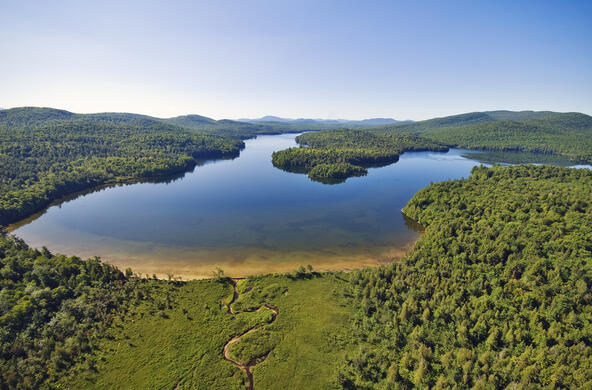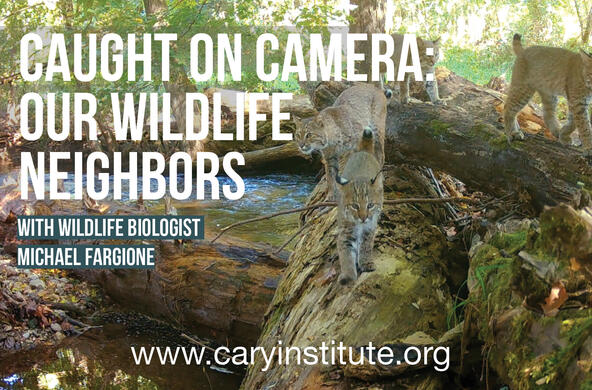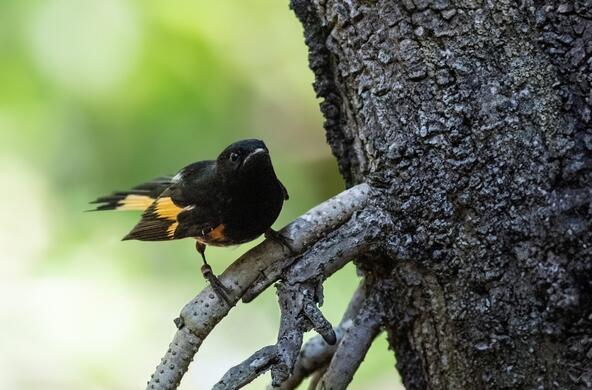Hungry and territorial crocodiles wait anxiously on the other bank of the river, watching the herbivores readying themselves to cross the fast-flowing roaring waters of the River Mara. As though there is an announcement or a signal at a 100-metre race, the wildebeests jump in the water.
Halfway across the river, the crocodiles pounce on them and as the victim tries to free itself from the jaws of the deadly crocodile, it causes its brothers and sisters to drown. The few that survive the first onslaught, meet lions and other land predators on the edge of the river on the other side and the drama of survival ensues again. In about 15 minutes, the chaos and drama that follows leaves thousands of herbivores dead, the predators full and now as the study shows, a well-nourished ecosystem.
It is nature, geological and environmental forces that come together to create this scene, and silent behind that chaos is a science that no one has ever studied until now.
Amanda Subalusky, a postdoctoral researcher in aquatic ecology at the Cary Institute of Ecosystem Studies in New York, and her colleagues, surveyed historical data on the migration from 2001 to 2010 to provide quantitative data.
Mineral Composition
Then they camped at the Mara Conservancy from 2011 to 2015 and their results are interesting: the carcasses of the beasts sustain this ecosystem.
Her study was presented recently at the Proceedings of the National Academy of Sciences (PNAS) and becomes the first of its kind to study the frequency, size and impact of the migration on the environment.
Every year,1.2 million wildebeest make a clockwise migration loop around the Serengeti— from the Serengeti National Park in Tanzania to the Maasai Mara National Reserve in Kenya, and back—and thousands die.
Her decade-long study on this seventh new wonder of the world reveals that 6,250 carcasses—an equivalent of the bodies of ten blue whales, the largest mammals on earth— and 1,100 tonnes of biomass enter River Mara every year.
Dr Subalusky and her team observed four out of the 12 sites along the river where the drowning occurs. Her study broke down the mineral composition of the carcasses showing how they provide nutrients for the fish, the animals and the aquatic life.
A carcass is 44 per cent bones and 56 per cent soft tissue which is the muscle, the organs and the skin. Bones are high in phosphorus, nitrogen and carbon and take about seven years to decompose while the soft tissues take about two weeks to a month to rot.
The carcasses are food for the avian scavengers and Dr Subalusky singled out the Marabou storks and three types of vultures who ate the bodies.
Crocodiles also feed on the bodies, even though their consumption is minimal, as well as fish in the river.
From an observer's perspective, there are probably too many animals that drown, a perception that the researcher disputes as it is only one per cent of the herd that dies.
Aggressive Tourists
Writing to HealthyNation, she said: "these drownings are a natural part of this ecosystem and although it is tragic for the individual wildebeest that drowns, it is a small enough proportion of the herd, that it isn't a major threat for the wildebeest migration."
Despite the "benefits", the drownings are not natural, and could actually be reduced. Dr Amanda wrote that "there is some concern that aggressive tourist behaviour could increase their frequency by causing wildebeest to cross the river at more dangerous locations."
The danger she describes could be at points where the other side is too steep, and the animals are not able to cross as quickly to let those that come after them move.
So they pile up on each other and drown. At some point, the river may be too deep or the current too strong.
Researchers camp in East Africa because migrations of this magnitude are nearly non-existent on Earth.
In her publication, Subalusky notes that before, in the 17th century, there were million bison in the western United States who would make such sojourns who nourished the ecosystems, similar to what now happens at the Serengeti and the Maasai Mara.






